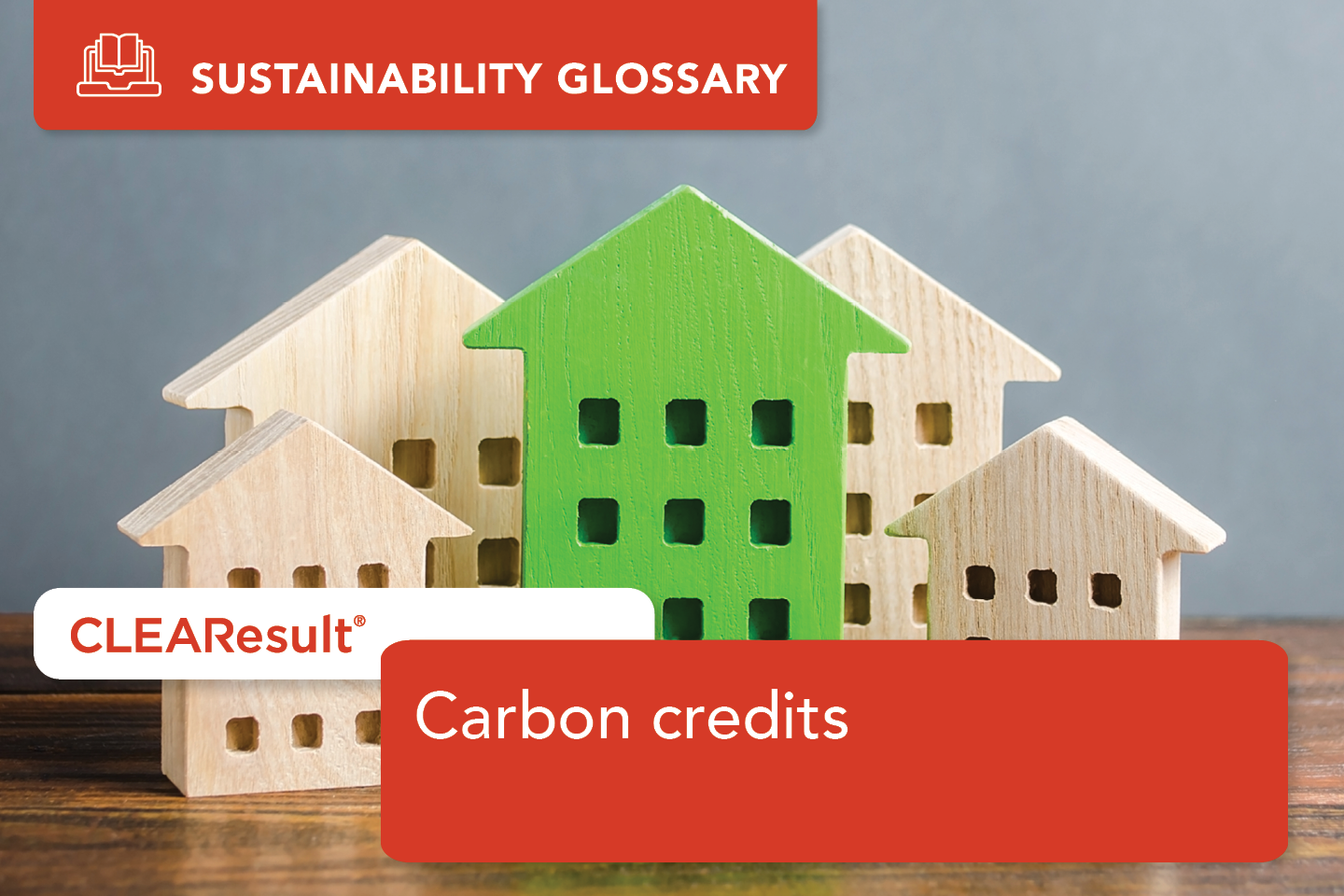Carbon Credits

What is a carbon credit?
A carbon credit is a tradable permit or certificate that represents the right to emit one metric ton of carbon dioxide (CO2) or an equivalent amount of greenhouse gases (Source: Investopedia).
Carbon credits vs carbon offsets
Carbon credits are generated and purchased through cap-and-trade systems. These are government regulatory programs designed to cap total emissions and encourage reductions (Source: Investopedia). They are not directly linked to specific emission reduction projects. Carbon offsets, on the other hand, are directly tied to specific projects that remove or avoid greenhouse gas emissions and are purchased voluntarily by individuals or organizations to compensate for their own emissions.
Types of carbon credits used:
- Certified Emission Reductions (CERs): Generated under the Clean Development Mechanism (CDM) of the Kyoto Protocol (Source: United Nations Climate Change).
- Emission Reduction Units (ERUs): Generated under Joint Implementation (JI) projects (Source: United Nations Climate Change).
- Voluntary Carbon Credits: Generated outside of regulated markets, often through projects that contribute to sustainable development (Source: Center for Strategic & International Studies).
How carbon credits work:
1. Organizations or projects can acquire carbon credits when they implement measures to reduce or remove greenhouse gas emissions, such as by investing in renewable energy, improving energy efficiency or engaging in sustainable land use practices.
2. The amount of emissions reduced or removed is quantified through standardized methodologies and verified by independent third-party auditors. This process ensures the accuracy and legitimacy of the claimed emission reductions.
3. Carbon credits can be bought and sold on the carbon market. This creates a financial incentive for organizations to reduce emissions, as they can sell excess credits to those seeking to offset their emissions.
History and development of carbon credits
- 1997: Kyoto Protocol
The Kyoto Protocol, an international treaty, introduced market-based mechanisms to address climate change. It established the CDM and JI as flexible mechanisms for emission-reduction projects.
- 2000: Launch of the CDM
The CDM officially began operations under the Kyoto Protocol, allowing countries that invest in emission-reduction projects in developing countries to receive CERs as carbon credits.
- 2005: European Union Emissions Trading Scheme (EU ETS)
The EU ETS, the world's first major carbon market, was launched, and introduced cap-and-trade for carbon dioxide emissions in various sectors, with companies trading allowances based on their emissions.
- 2008: Growth of voluntary carbon markets
The voluntary carbon market expanded, allowing businesses and individuals to voluntarily purchase carbon credits to offset their emissions. This market operates independently of regulatory requirements.
- 2015: Paris Agreement
The Paris Agreement emphasized the role of market-based approaches in addressing climate change. While it did not establish a specific global carbon market, it recognized the importance of voluntary cooperation and the use of market mechanisms.
Why are carbon credits important?
Carbon credits play an essential role in emissions trading and carbon markets. They provide a mechanism for businesses and governments to incentivize sustainable practices and work toward global climate goals. In essence, carbon credits foster environmentally friendly business practices and corporate responsibility. (Source: United Nations Development Programme.)
How CLEAResult helps organizations work with carbon credits
We’re well-versed in creating action plans and comprehensive roadmaps that help clients surpass their sustainability goals. CLEAResult ATLAS™ Carbon empowers organizations by streamlining the process of calculating and tracking carbon emissions. This type of data is required to qualify for carbon credits under verification programs. We can also help with the purchase of carbon offsets for any remaining energy use.
“Carbon credits provide a mechanism for businesses and governments to incentivize sustainable practices and work toward global climate goals.”